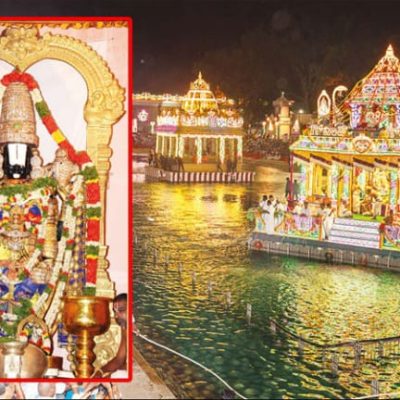Kanishka Buddhist Stupa- Pakistan

Address
Kanishka Buddhist Stupa- Hazara Khawani, Peshawar, Khyber Pakhtunkhwa, Pakistan
Diety
Buddha
Introduction
The Kanishka Stupa was a monumental stupa established by the Kushan king Kanishka during the 2nd century CE in today’s Shaji-ki-Dheri on the outskirts of Peshawar, Pakistan. The stupa was built during the Kushan era to house Buddhist relics, and was among the tallest buildings in the ancient world. The stupa is also famous for its Buddhist relics, which were transferred to the U Khanti Hall at Mandalay Hill, in Mandalay, Burma after their discovery.
Puranic Significance
First stupa (150 CE) The original Kushan stone stupa was probably built after the death of Kanishka the Great, between 150 and 300 CE, but probably circa 151 CE, with a shape similar to the contemporary Loriyan Tangai stupas and the addition of schist reliefs Second stupa (4th century CE) The stupa was rebuilt under Kushan rule in the 4th century CE into a cruciform stupa with a tower-like structure, with four staircases and four corner bastions, and possibly pillars at each corner. The stupa’s symmetrically cross-shaped plinth measured 175 feet (53 m), though the plinth had large staircases at each of the stupa’s sides. In total, the base of the stupa may have spanned 272 feet (83 m) on each side. The plinth was likely decorated with sculpted reliefs, while niches built into the dome’s four cardinal points was inlayed with precious stone. The tall wooden superstructure was built atop a decorated stone base, and crowned with a 13-layer copper-gilded chatra. Modern estimations suggest that the stupa had a height of 400 feet (120 m).
Century/Period/Age
2nd century CE
Managed By
UNESCO world heritage site
Nearest Bus Station
Hazara Khawani
Nearest Railway Station
Landi Kotal
Nearest Airport
Peshawar








